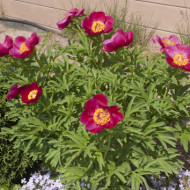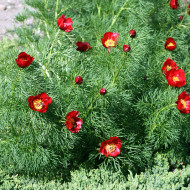Wild plants in garden design: growing a fine-leaved peony
Content
Description of thin-leaved peony
The thin or narrow-leaved peony (Paeonia tenuifolia) is a lush erect perennial shrub of the Buttercup family. The height of the bush rarely exceeds 60 cm. The main distinguishing feature and feature of this variety is its triple-pinnate leaves, dissected into filiform and linear. They resemble soft pine needles that densely cover thin flexible stems. The shrub rhizome is also unusual, with cones.
The bush blooms early enough - flowers appear by the end of May. Up to 10 buds appear on one plant, which bloom in large flowers with an incredible aroma and an amazing glossy structure of the petals. The color of the flowers can be burgundy or scarlet. The bush fades by the middle of June, and in place of the inflorescences there are capsules-fruits with black-brown seeds.
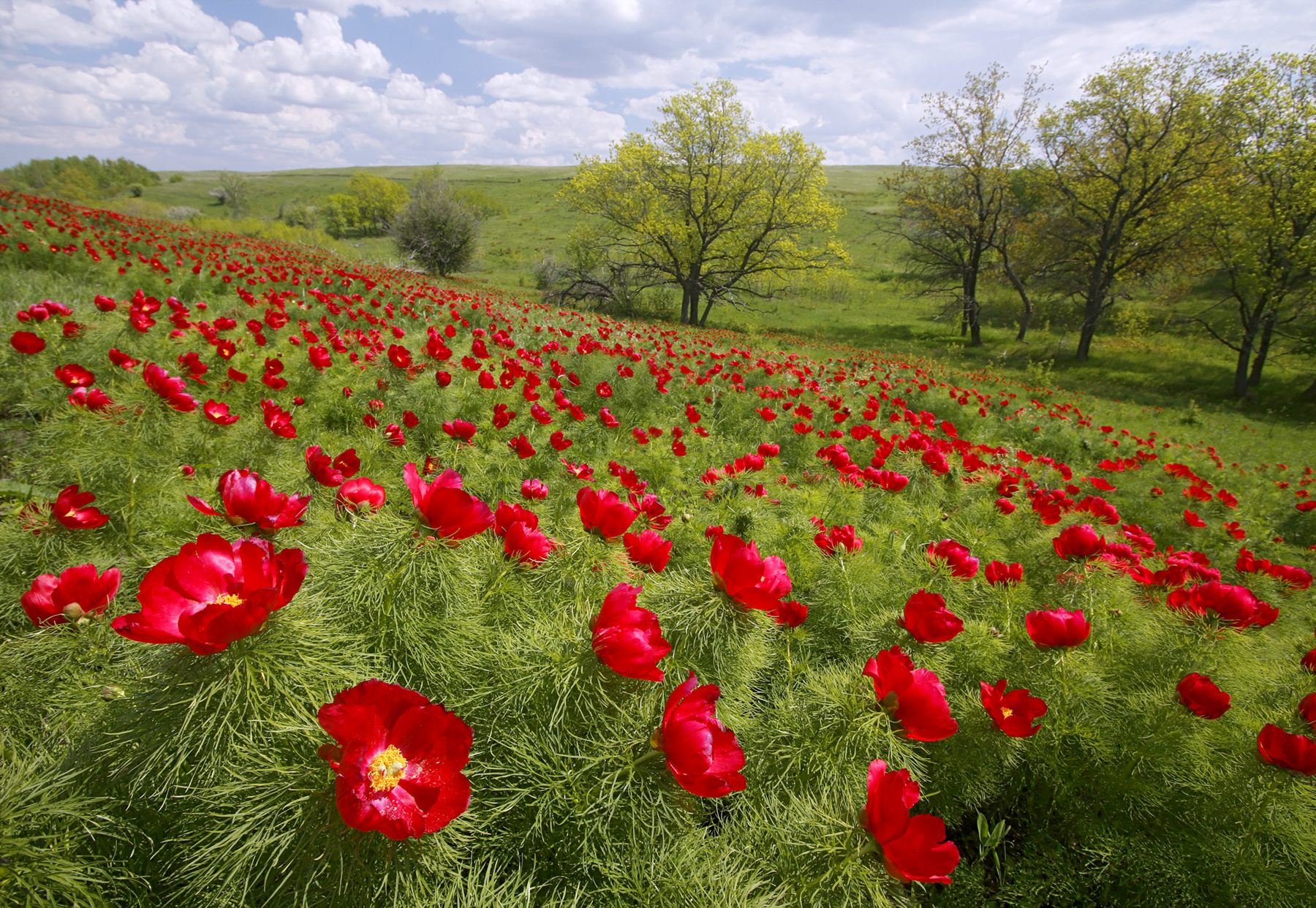
The thin-leaved peony belongs to those plants that only get better every year: the bush grows, the number of buds increases, the flowers become larger and more voluminous.
Peony not only serves as a living decoration, but also has useful properties, thanks to which medicines are prepared from it. Leaves, roots and buds are used as raw materials. From the pomace, analgesics and antispasmodics are produced, which are used to treat colds, anemia, diseases of the kidneys, lungs and cardiovascular system, neuropsychiatric diseases and pulmonary tuberculosis. Peony contains useful oils, vitamin C, tannins.
Variety of fine-leaved peony varieties
The narrow-leaved peony has become an excellent base for the further work of breeders. On its basis, many hybrid varieties have appeared, according to which you can safely compose a whole book.
- One of the most popular is the terry peony or Rubra Plena, which reproduces only by dividing the root, since it does not produce seeds. Terry miracle takes root with difficulty, so the bushes are quite expensive. The flowers are very beautiful, resemble a large crimson carnation with openwork threadlike leaves.
- In the vastness of our homeland, the Eaglet variety is very popular. A compact spherical shrub with large bright red flowers and yellow stamens.
- Tiny Tim is a short (up to 30 cm) bush with semi-double red flowers, up to 10 cm in diameter. It is noteworthy that the leaves on the stems grow almost to the very ground.
- The Malysh variety will delight not only with large (up to 12 cm in diameter) flowers, but also with delicate dark green glossy leaves.
- Little Rhyme is ideal for a rocky garden or alpine slide. A compact, globular shrub with large flowers and grayish foliage giving the impression of light drizzle on the greenery.
- Little rhyme
- Baby
- Tiny Tim
- Eaglet
- Rubra Captivity
Video "Spring planting of peonies"
This video shows you how to plant a peony outdoors in spring.
Planting and growing outdoors
It is impossible to call a narrow-leaved peony a capricious plant. However, he is quite whimsical in care and requires compliance with growing conditions and care rules.
Site selection and soil preparation
The flower can grow in a shaded area, but prefers well-lit, sunny places. Also, care should be taken to protect the shrub from strong gusty winds and drafts. The aesthetic component is also important when choosing a place - be sure to keep in mind that by the middle of summer the bush will lose its attractiveness, therefore, it will not only cease to decorate the space, but can also spoil the overall impression.
Peony prefers neutral soils or soil with a slightly alkaline reaction. Under natural conditions, it grows calmly on calcareous soils. If your site has acidic soil, wood ash and mineral fertilizers need to be applied a few weeks before planting. It is necessary to avoid waterlogged places with a nearby location of groundwater, otherwise the flower will simply rot.
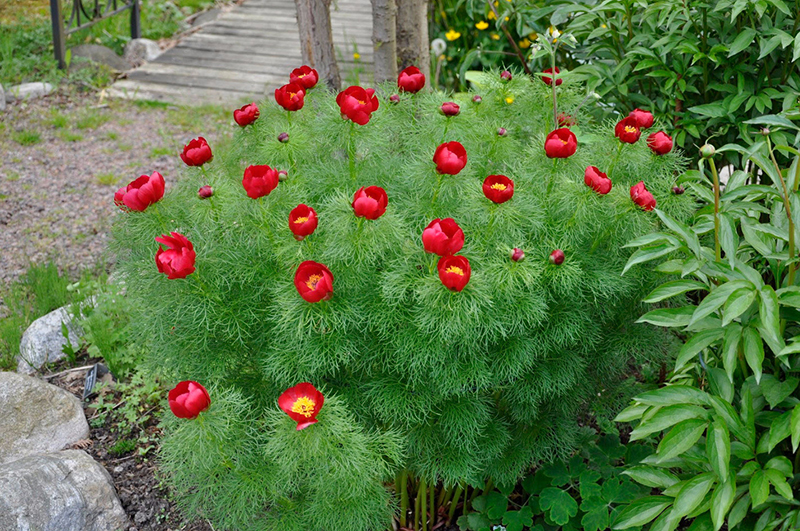
When you have taken care of the optimal level of soil moisture, be sure to get a good drainage layer. It is necessary so that moisture does not stagnate, and air can circulate freely in all layers of the soil.
Landing technology
For a seedling, you need to dig a hole with a depth and diameter of about half a meter. The size can be larger if the rhizome is longer and bulkier. About 20 cm at the very bottom of the hole is occupied by a drainage layer. Gravel, expanded clay or broken brick can be used as drainage. Then a layer of fertile soil is poured, mixed with humus, compost, dolomite flour and mineral dressing. And then a layer of garden soil. The soil must be loose.
The optimal time for planting or transplanting shrubs falls in late summer - early autumn. The place of the cuts of the separated rhizomes is sprinkled with wood ash for disinfection and the seedling is buried by about 10 cm, covered with earth and mulched with humus. Weak and small seedlings are covered with a plastic bottle.
Care Tips
After planting and in the early years, it is necessary to loosen the soil around the shrub after watering or precipitation by about 7 cm. This ensures the penetration of air, which prevents the rapid evaporation of moisture from the deep layers. The bush is watered once a week, provided there is no rainfall or insufficient amount of it. Particular attention should be paid to watering during budding or flowering. On hot dry days, watering is carried out more often.
The culture is not watered at the root! It is recommended to dig a shallow trench around the bush and pour water into it.
In order to further delight the peony with abundant flowering, the first couple of years it is recommended to cut off all the buds - so the bush can gain enough green mass. You should not abuse nitrogen for a set of green mass - an excess can provoke the appearance and spread of the fungus. You can buy special complex fertilizers with a predominance of potassium-phosphorus elements. Or make mineral fertilizing yourself during the flowering period. Urea, ammonium nitrate, mullein can also be used as fertilizer.
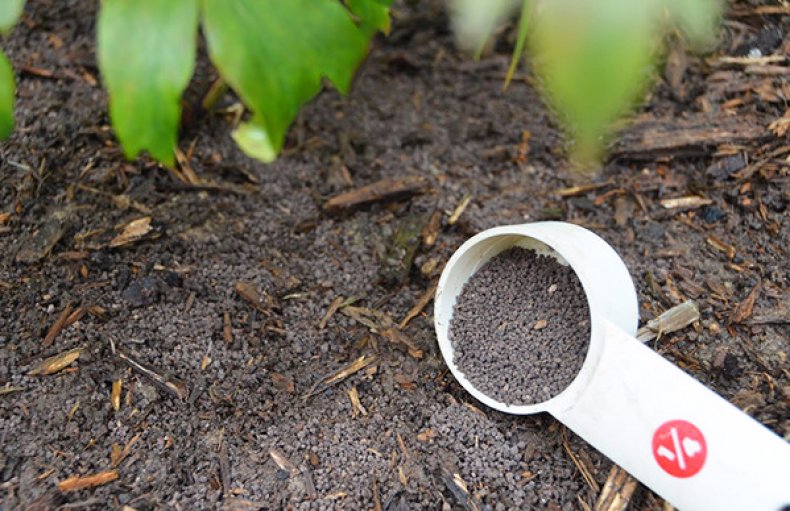
Reproduction methods
The easiest and most effective way to propagate thin-leaved peony is to divide the bush. But gardeners who are not limited in time and are not afraid of labor can try to grow a bush from seeds.
By dividing the bush
It is recommended to divide the bush in the fall in order to less damage the rhizome. Dig up the plant along with an earthen lump, then carefully clean the roots and divide them into parts. It is important to take into account that each part after division must contain at least 2 kidneys, and preferably 4.Further, the parts are seated according to the planting scheme, not forgetting to deepen the buds into the ground by 2 cm.
Seeds
Hybrid varieties of peony do not give seeds. However, ready-made seeds can be purchased. Of course, there is a risk that the result is not what you expect, but self-harvested seeds may also not convey certain varietal characteristics.
Before planting, the seeds must be prepared: removed from the packaging and placed in a dark place with a temperature of at least 15 degrees. Seeds can be sown outdoors in November, but there is a chance that the seedlings will not appear.
By cuttings
Vertical cuttings are used as cuttings, which are separated from the fully formed rhizome in mid-autumn. Cuttings are planted according to the planting scheme, at a distance of no more than 0.7 m from each other. After planting, the cuttings are insulated with straw or spruce branches for the winter.

Pests and diseases
Fungal diseases are rare and are a natural consequence of a violation of care, namely, watering rules. The fungus appears and spreads due to waterlogging. In order to combat and prevent fungal infections, it is recommended to use copper-containing preparations, in particular Bordeaux liquid.
Pest attacks threaten the peony much more often than diseases. Sod ant, aphids and caterpillars are able to completely destroy not only the color, but also the whole bush. And if you can fight ants only with the help of insecticides, then you can defeat aphids and a caterpillar with tincture of laundry soap with tobacco and ash with dolomite flour.
The use of narrow-leaved peony in landscape design
Most often, the narrow-leaved peony is used to decorate alpine slides. The flower beds look interesting in combination with flax, broom shrubs or cereals. Experienced gardeners plant several varieties of peony at the same time to ensure flowering throughout the season. A narrow-leaved peony among stone and minimalistic compositions will look harmonious.
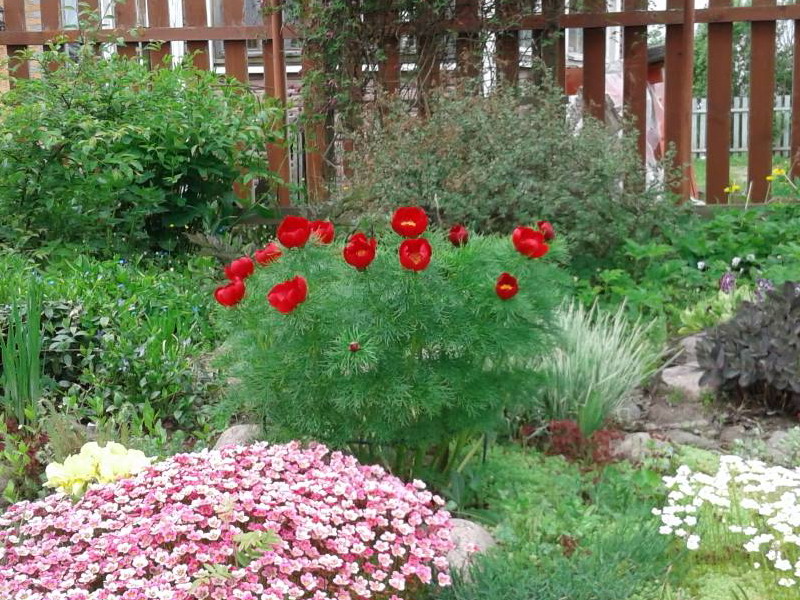
Gardeners reviews
“I am a supporter of minimalism in everything. I like the atmosphere of mountains, turbulent rivers, "naked" landscapes. And my wife just loves bright and lush flowers. The narrow-leaved peony was able to satisfy the requirement of both parties: it harmoniously blended into the overall minimalist landscape and pleases every year with bright greenery and large beautiful flowers. "
“Peonies are my old love. But, unfortunately, there is no space to plant all the desired varieties. The narrow-leaved peony is a real lifesaver: a compact but lush bush, gorgeous flowers and fairly easy care. "
Most pay attention only to peony flowers, because the foliage of many varieties is the most common. But a thin-leaved peony is able to conquer not only with voluminous buds, but also with an outlandish carved foliage.

